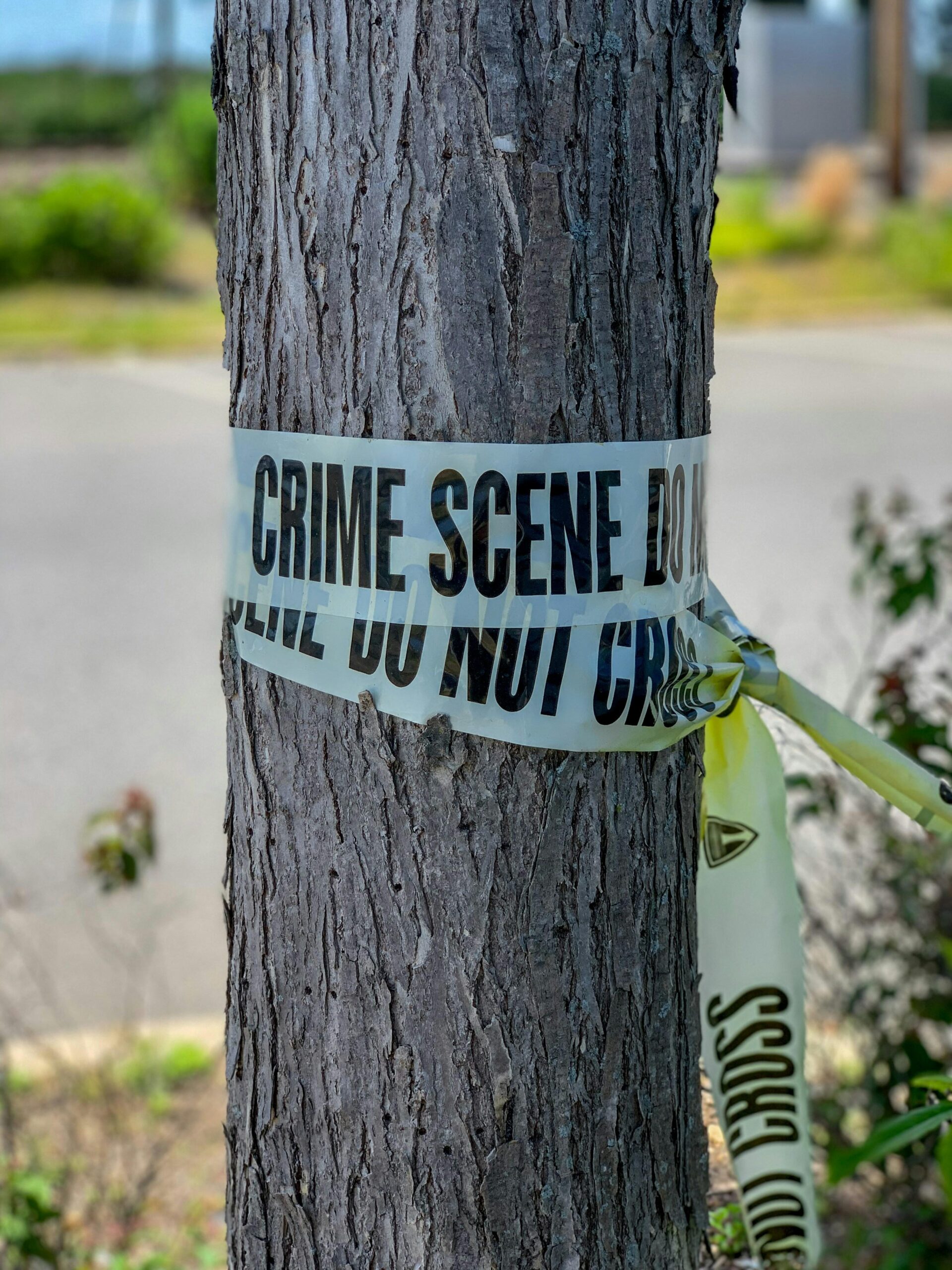Imagine cracking a mystery that’s baffled investigators for decades, simply by unlocking the secrets hidden within DNA. Welcome to the fascinating world of genetic genealogy—a revolutionary tool that’s breathing new life into cold cases around the globe. In this blog, we’ll explore how the fusion of genetics and traditional detective work is transforming unsolved mysteries into stories of closure and justice. Curious to know how your own family’s DNA could one day help solve a crime? Let’s dive in and unlock the power of genetic genealogy together!
Table of Contents
- The Science Behind Genetic Genealogy and How It Cracks Cold Cases
- Real-Life Breakthroughs Made Possible by DNA Databases
- Ethical Considerations and Privacy Challenges in Genetic Investigations
- Practical Tips for Law Enforcement Embracing Genetic Genealogy Tools
- The Conclusion
The Science Behind Genetic Genealogy and How It Cracks Cold Cases
Genetic genealogy combines the power of DNA analysis with traditional genealogical research to reveal hidden connections between individuals. At its core, this method leverages autosomal DNA testing, which examines the 22 pairs of chromosomes inherited from both parents. By comparing this data against vast public and private databases, experts can identify distant relatives who share common ancestors. This biological breadcrumb trail narrows down potential suspects or victims with surprising accuracy, especially when paired with family trees constructed using historical records. The science hinges on understanding how DNA mutations accumulate over generations, providing a unique genetic fingerprint that can be traced back through time.
What makes genetic genealogy a revolutionary tool in solving cold cases is its ability to connect dots that were previously invisible to law enforcement. This approach often entails:
- Linking crime scene DNA to distant cousins in databases
- Building extensive family trees using genealogical and historical data
- Cross-referencing public records like birth, marriage, and death certificates
Through this meticulous decoding process, cold cases that have remained dormant for decades find new leads, often cracking open investigations once thought unsolvable. The fusion of biology with history transforms anonymous DNA samples into compelling narratives, rekindling hope and delivering long-awaited justice.
Real-Life Breakthroughs Made Possible by DNA Databases
Decades-old mysteries that once seemed impenetrable have found new life thanks to the vast repositories of genetic data. By tapping into this wellspring of information, investigators can now trace connections between biological relatives, unlocking a chain of clues that leads directly to long-sought answers. These databases aren’t just about identifying suspects; they’re redefining the very nature of how cold cases are approached, with breakthroughs emerging in surprising, sometimes delicate ways.
Among the most remarkable successes are cases where a single DNA profile from a crime scene matched distant cousins or more distant relatives, setting off a genealogical journey through family trees and public records. This methodical pursuit often involves:
- Piecing together fragmented family histories to narrow down potential suspects,
- Cross-referencing public records with genetic data to identify previously unknown relatives,
- Utilizing community collaborations, where amateur genealogists play critical roles in decoding complex family connections.
These innovations shed light not only on unsolved crimes but also on the potential of DNA to illuminate human stories once forgotten or obscured by time.
Ethical Considerations and Privacy Challenges in Genetic Investigations
The rise of genetic genealogy in solving cold cases has opened a Pandora’s box of ethical questions. On one hand, it breathes new life into investigations that were once considered hopeless; on the other, it treads a fine line where personal data and consent collide. Who owns the genetic information? Is it the individual who submitted their DNA for ancestry exploration, or the law enforcement agencies using it for forensic purposes? This quandary gains complexity as databases originally intended for genealogical research are now pivotal tools for criminal justice, often without explicit user approval. It raises concerns about autonomy and the potential for misuse, highlighting a need for transparent policymaking and respect for individual rights.
Privacy challenges also loom large in this brave new world. There’s an unsettling ripple effect where one person’s decision to upload their DNA can inadvertently expose relatives who never consented to sharing their genetic information. This interconnectivity prompts questions such as:
- How do we protect the privacy of individuals indirectly involved in investigations?
- What safeguards are necessary to prevent discrimination based on genetic data?
- Should there be limits on how law enforcement accesses and uses these resources?
These challenges demand a conversation that balances justice with privacy rights, ensuring the power of genetic breakthroughs doesn’t eclipse the importance of ethical responsibility.
Practical Tips for Law Enforcement Embracing Genetic Genealogy Tools
When integrating genetic genealogy into investigative workflows, law enforcement agencies should prioritize building strong partnerships with experienced genealogists and organizations specializing in DNA analysis. This collaboration ensures expert interpretation of complex data and accelerates the identification process. Additionally, officers should receive training on privacy laws and ethical considerations tied to genetic data usage, fostering transparency and public trust throughout investigations. Creating a dedicated team focused solely on genetic genealogy can streamline case management and enhance communication between forensic experts and field agents.
To harness the full potential of genetic genealogy tools, departments can adopt best practices like:
- Maintaining meticulous case records: Document each step from DNA sample collection to database searches to maintain chain of custody and enable thorough audits.
- Utilizing secure, vetted databases: Only access and upload profiles to platforms with strict data security standards and user consent policies.
- Balancing technology with intuition: Treat genetic leads as complementary to traditional detective work, leveraging human judgment alongside data-driven clues.
- Engaging with communities: Transparent communication about the role and limits of genetic genealogy helps in mitigating public concerns and fosters cooperation.
The Conclusion
As we continue to unlock the mysteries behind cold cases, genetic genealogy stands out as a beacon of promise — blending cutting-edge science with the timeless human quest for justice. Each new DNA connection not only brings answers to families long left waiting but also reshapes the future of investigative work. It’s thrilling to think about what cold cases will be cracked next, all thanks to this remarkable fusion of genetics and genealogy. Stay tuned, because the story of solving the unsolvable is just beginning.












